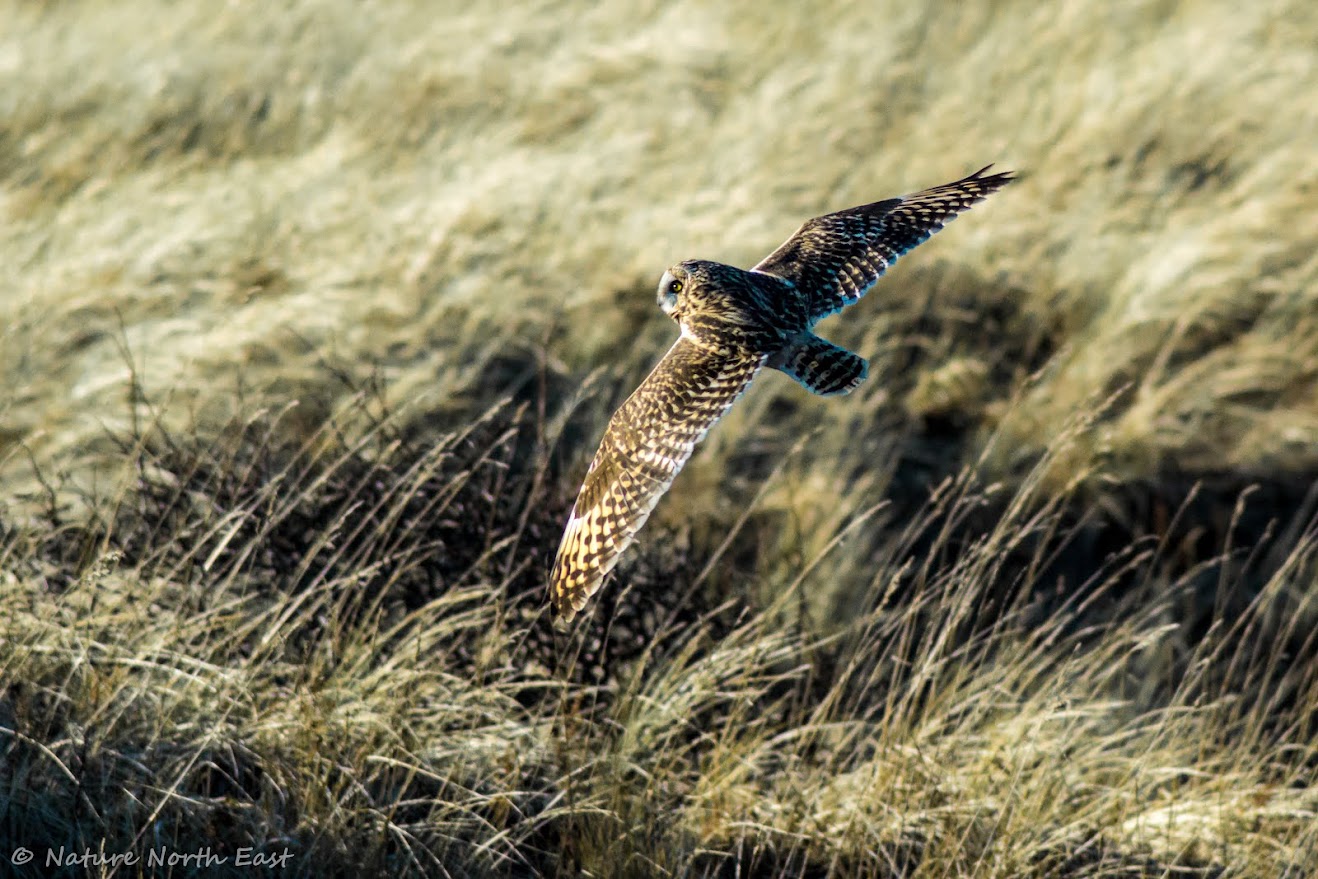After an eleven year absence I finally managed to make a long overdue return to the Farne Islands on the eve of my 27th birthday.
The Farnes are a definite right of passage for birders, naturalists, photographers and outdoor enthusiasts from the North East alike. They provide one of those rare opportunities to get within literal touching distant of multiple species of wild seabird.
It's a full frontal, tour de force experience and yet another reason why the North East triumphs as a wildlife watching destination.
The day was a beautiful and warm one, long overdue as the summer of 2015 has been a shabby one up until recently. We set sail not long past midday and headed out into the shallows of the calm North Sea.
As you leave Seahouses harbour and head out to the the island's you notice that slowly more and more birds appear in sight. It began with a solitary Shag in flight and then a few Guillemot on the surface of the water, minutes later there are Guillemot, Puffin, Shag, Razorbill, Gannet and Gulls galore as we approach the dolomite stacks and prehistoric rocks erupting from the sparkling depths.
Guillemot & Kittiwake adorned the dolomite stacks like flies on shi......well, you get the idea.
.....and the smell, oh wow, the smell! That fishy diet certainly has an aromatic downside!

After spending a good amount of time around the dolomite stacks we made our way over towards the seals near Longstone Lighthouse. Unfortunately our trip had coincided with the tide being in and in turn washing the Seals from the exposed rocks. we did still get an opportunity to see multiple bobbing heads in the water checking us out. I often forget how large a bull Grey Seal can be.
After another cruise around the other islands we made for land on Inner Farne and upon docking, headed up on foot from the stone dock towards the island.
First up - Arctic Terns; these relatively small sea birds have a beautiful black cap, red bull and stunning white on the underside plumage with very light grey feathers adorning the upper wing feathers.
The natural maternal instinct for the Arctic Tern to protect their eggs and young is so powerful that they allow you to get ridiculously close, and remember these are wild birds with a wealth of flying miles under their belts they've seen it all, so to get this close is a really rare treat.
Unfortunately for us human invaders this natural parenting instinct also drives them to become beautiful nightmares!
Picture, if you will that now infamous seen from Hitchcock's 'The Birds' (1965) in which the school children and Tippi Hedren are running from the savage onslaught of a murder of crows!
Now, picture that, only swap the school children for smiling tourists of all ages and instead of corvids, imagine small Arctic Terns with white pointed wings and a much pointier beak!
If you've been you know how treacherous that boardwalk is from the boat and up to the chapel! If you haven't been but plan on doing so in the breeding season....good luck!
Upon avoiding 'World War Tern' and 'The Boardwalk of Doom' the battle for Inner Farne continued across the island's plateau where the avian onslaught gradually dies down and the atmosphere becomes a touch less frenzied, if that's possible on the Farnes.
It was on this part of the island that Puffin could be seen bringing in beaks full of sand eel and proceeding to take them down into their burrows for the young dwelling down in the dark.
Unfortunately the hard work of the puffins would at times be for naught as upon landing most were bullied by groups of Black Headed Gull and robbed of their fishy catch.
This at times looked brutish and mean but at the end of the day it meant that the Gull chicks were fed, but because they're larger and not as cute we take an instant dislike to the gulls.
Survival of the fittest remember, nature is cruel and we forget that living in our modern abodes with the joy of running water, WIFI and easily accessible food of our own.
Coming up in The Phenomenal Farnes! - Part Two...
Close encounters with Razorbill, Shag and the unexpected appearance of a familiar cetacean.
David
Nature North East







































